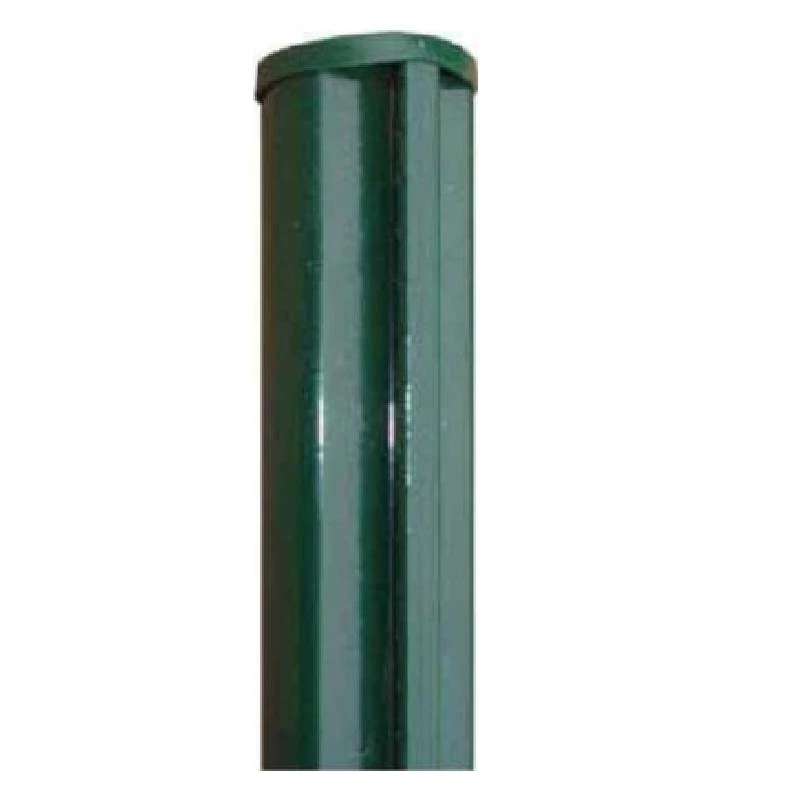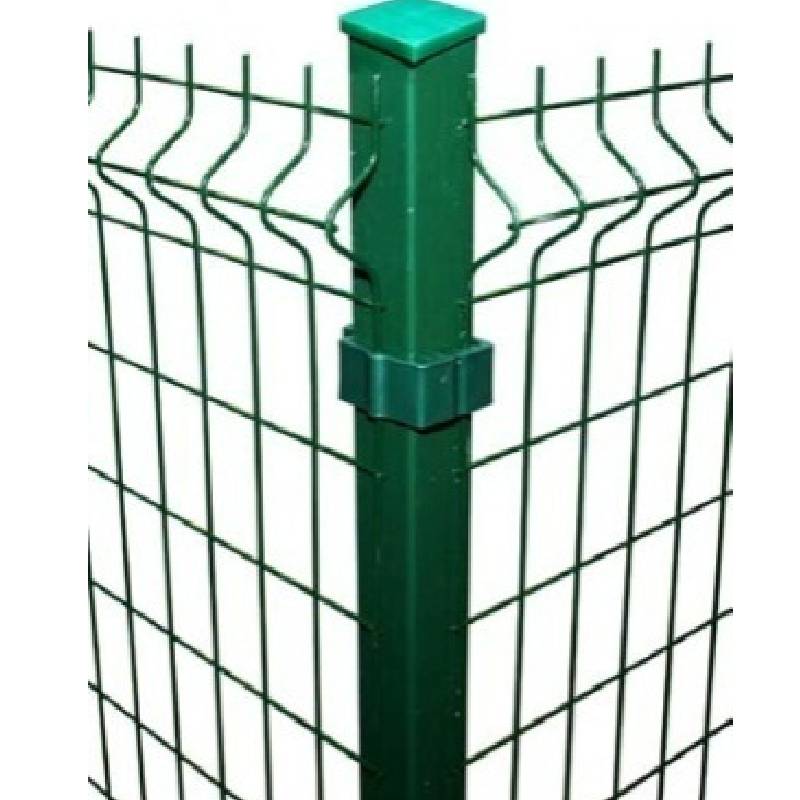-
Imel:zhao@hyliec.cn
-
Tel:+86 311 85273988
-
WhatsApp:8613931128750
-
 Afirka
Afirka -
 Albaniya
Albaniya -
 Amharic
Amharic -
 Larabci
Larabci -
 Armenian
Armenian -
 Azerbaijan
Azerbaijan -
 Basque
Basque -
 Belarushiyanci
Belarushiyanci -
 Bengali
Bengali -
 Bosniya
Bosniya -
 Bulgarian
Bulgarian -
 Catalan
Catalan -
 Cebuano
Cebuano -
 Corsican
Corsican -
 Croatian
Croatian -
 Czech
Czech -
 Danish
Danish -
 Yaren mutanen Holland
Yaren mutanen Holland -
 Turanci
Turanci -
 Esperanto
Esperanto -
 Estoniya
Estoniya -
 Finnish
Finnish -
 Faransanci
Faransanci -
 Farisa
Farisa -
 Galiciyan
Galiciyan -
 Jojin
Jojin -
 Jamusanci
Jamusanci -
 Girkanci
Girkanci -
 Gujarati
Gujarati -
 Haitian Creole
Haitian Creole -
 hausa
hausa -
 hawayi
hawayi -
 Ibrananci
Ibrananci -
 A'a
A'a -
 Miya
Miya -
 Harshen Hungary
Harshen Hungary -
 Icelandic
Icelandic -
 igbo
igbo -
 Indonesiya
Indonesiya -
 Irish
Irish -
 Italiyanci
Italiyanci -
 Jafananci
Jafananci -
 Yawanci
Yawanci -
 Kannada
Kannada -
 kazakh
kazakh -
 Khmer
Khmer -
 Ruwanda
Ruwanda -
 Yaren Koriya
Yaren Koriya -
 Kurdish
Kurdish -
 Kyrgyzstan
Kyrgyzstan -
 TB
TB -
 Latin
Latin -
 Latvia
Latvia -
 Lithuaniyanci
Lithuaniyanci -
 Luxembourgish
Luxembourgish -
 Makidoniya
Makidoniya -
 Malgashi
Malgashi -
 Malay
Malay -
 Malayalam
Malayalam -
 Maltase
Maltase -
 Maori
Maori -
 Marathi
Marathi -
 Mongolian
Mongolian -
 Myanmar
Myanmar -
 Nepali
Nepali -
 Yaren mutanen Norway
Yaren mutanen Norway -
 Yaren mutanen Norway
Yaren mutanen Norway -
 Occitan
Occitan -
 Pashto
Pashto -
 Farisa
Farisa -
 Yaren mutanen Poland
Yaren mutanen Poland -
 Fotigal
Fotigal -
 Punjabi
Punjabi -
 Romanian
Romanian -
 Rashanci
Rashanci -
 Samoan
Samoan -
 Scottish Gaelic
Scottish Gaelic -
 Serbian
Serbian -
 Turanci
Turanci -
 Shona
Shona -
 Sindhi
Sindhi -
 Sinhala
Sinhala -
 Slovak
Slovak -
 Sloveniya
Sloveniya -
 Somaliya
Somaliya -
 Mutanen Espanya
Mutanen Espanya -
 Sundanci
Sundanci -
 Harshen Swahili
Harshen Swahili -
 Yaren mutanen Sweden
Yaren mutanen Sweden -
 Tagalog
Tagalog -
 Tajik
Tajik -
 Tamil
Tamil -
 Tatar
Tatar -
 Telugu
Telugu -
 Thai
Thai -
 Baturke
Baturke -
 Turkmen
Turkmen -
 Ukrainian
Ukrainian -
 Urdu
Urdu -
 Uighur
Uighur -
 Uzbek
Uzbek -
 Vietnamese
Vietnamese -
 Welsh
Welsh -
 Taimako
Taimako -
 Yadish
Yadish -
 Yarbawa
Yarbawa -
 Zulu
Zulu
Wasan shinge
What Type Of Fence Post Is Best?
The best type of fence post depends on various factors such as the type of fence, local climate, soil conditions, and personal preferences. Common options for fence posts include:
1. Round steel posts: Round steel posts are a traditional and versatile choice, suitable for various fence types. They can be treated to resist rot and decay, but may require maintenance over time.
2. Square steel posts and rabbet posts offer durability and strength, making them suitable for supporting heavy or high-security fences. They are resistant to rot and insect damage.
3. Steel round posts/ square posts/ rabbet with base plate: They are suitable to install on the concrete ground, and fixed by concrete nails.
What Size Is A Fence Post?
Fence posts come in various sizes, typically having Φ32 Φ34 Φ38 Φ48 Φ60 Φ80 for round steel posts and 40x40 60x60 40x60 60x60 80x80 100x100 etc for square tube posts in dimension. The specific size of a fence post depends on the type of fence being installed, the height and weight of the fence panels, and the local building codes or regulations. It's important to select the appropriate size of fence post to ensure stability and structural integrity for the specific fencing project. Consulting with a professional or referring to local building codes can provide guidance on the recommended size of fence posts for a particular application.
Fence Post FAQ:
What type of fence post is best?
The best type of fence post depends on various factors such as the type of fence, local climate, soil conditions, and personal preferences. Common options for fence posts include round steel posts, square steel posts and rabbet steel posts, posts with base plate or without base plate. Each type has its own advantages and considerations, so it's important to choose the most suitable option based on the specific requirements of the fence project.
What size is a fence post?
Fence posts come in various sizes, typically typically having Φ32 Φ34 Φ38 Φ48 Φ60 Φ80 for round steel posts and 40x40 60x60 40x60 60x60 80x80 100x100 etc for square tube posts in dimension. The specific size of a fence post depends on the type of fence being installed, the height and weight of the fence panels, and local building codes or regulations. It's important to select the appropriate size of fence post to ensure stability and structural integrity for the specific fencing project.
How to install a panel fence?
Paneling a fence involves several steps, including measuring and planning, installing the posts, attaching the panels, adding finishing touches, and performing regular maintenance. It's important to follow the manufacturer's instructions and local building codes when paneling a fence to ensure proper installation and compliance with regulations. If in doubt, it's advisable to consult with a professional or seek guidance from experienced individuals.






